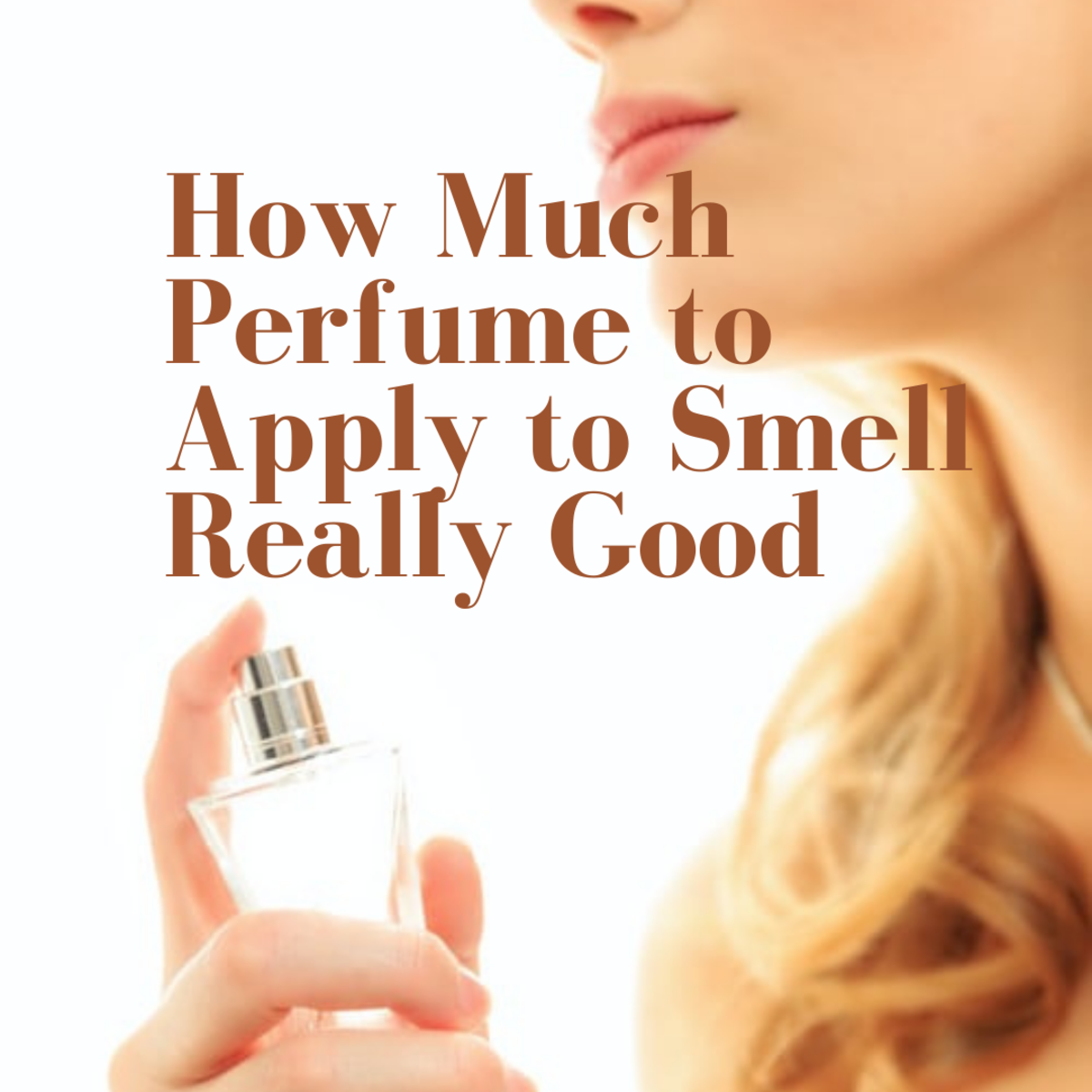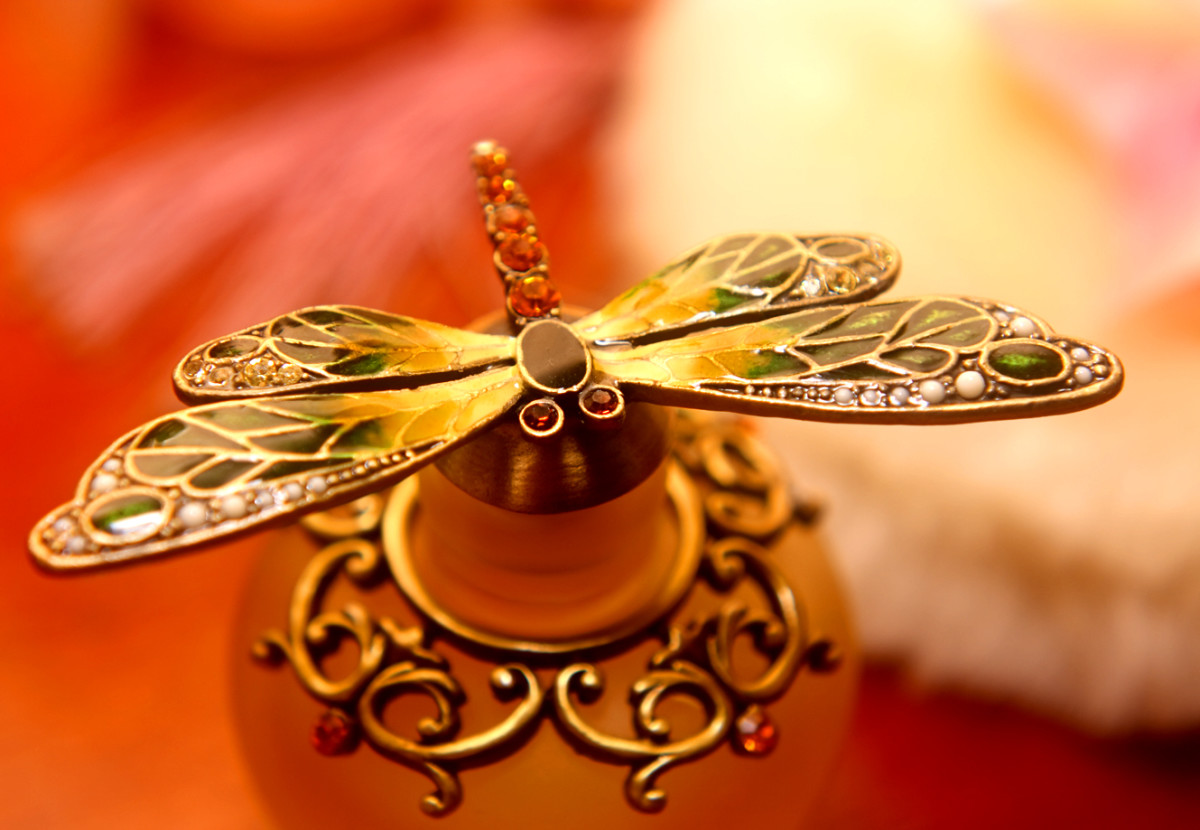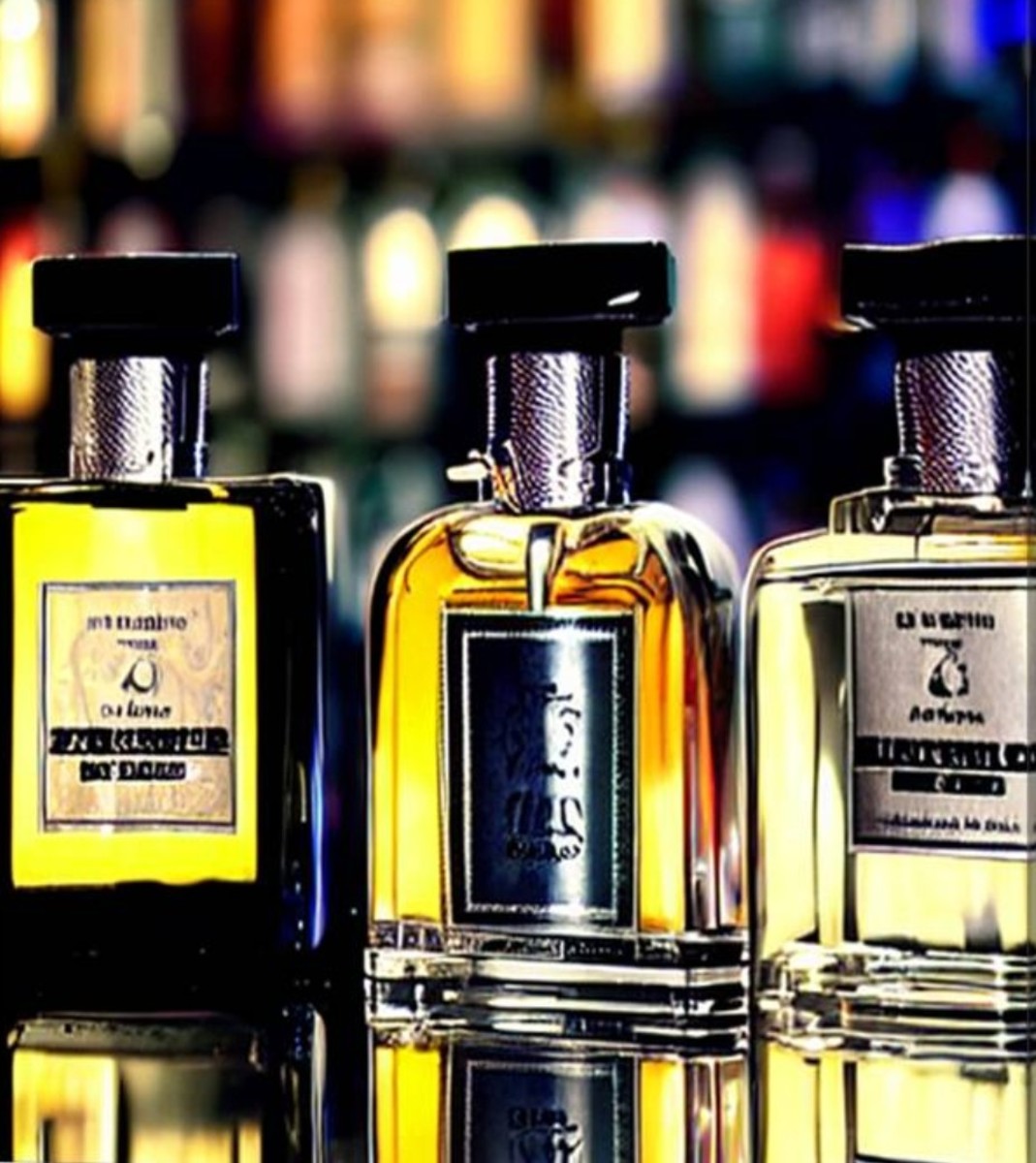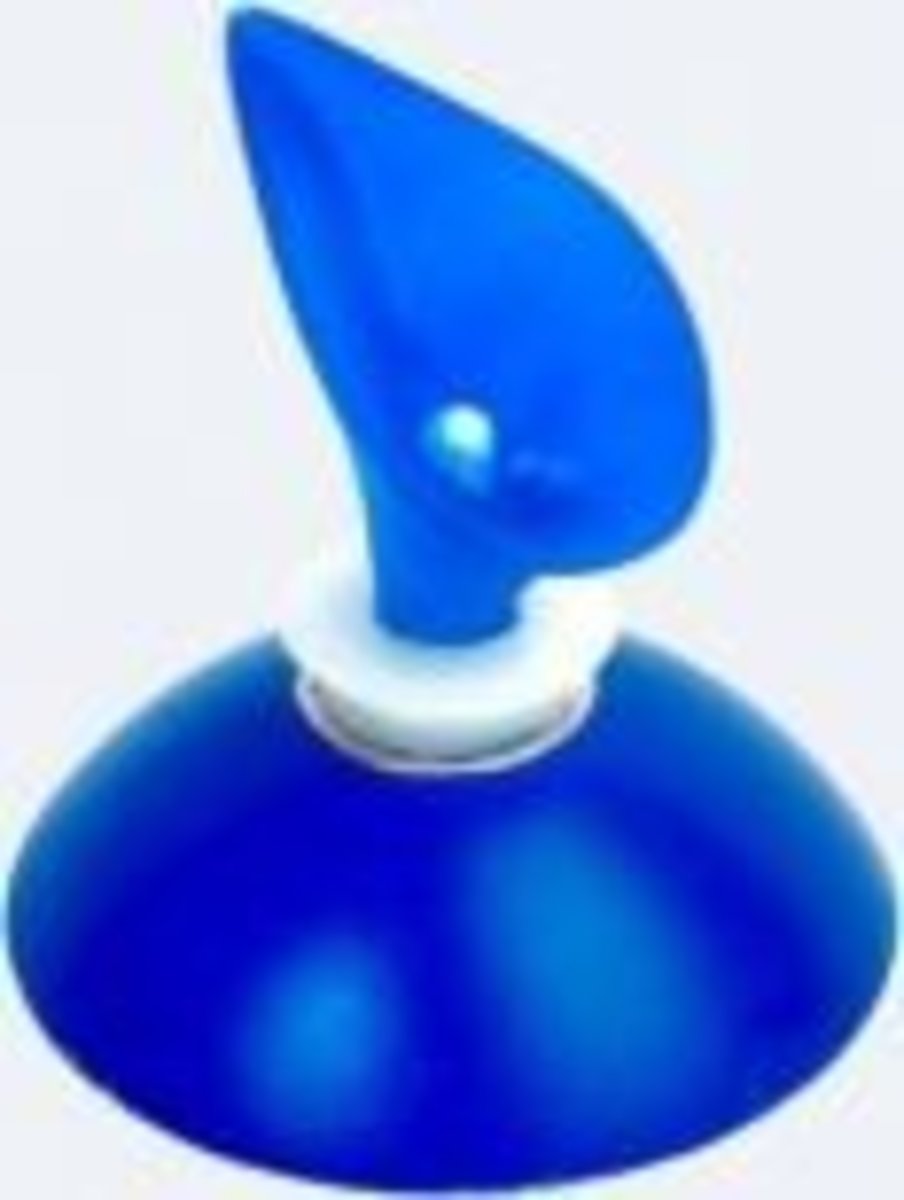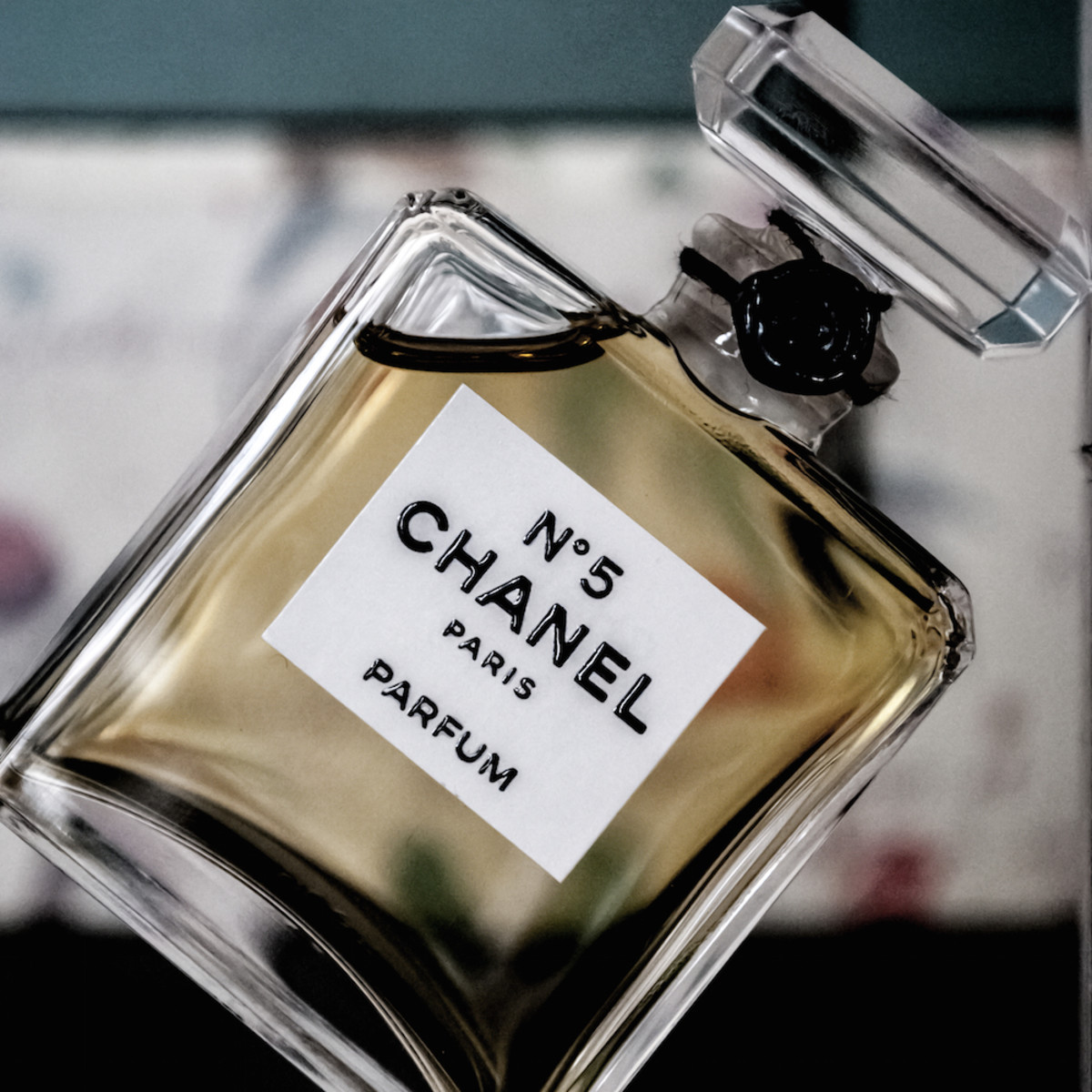Personal Hygiene, Adding Fragrances
Washing
We all have our own personal body chemistry. Body odor! It can be mellow or loud depending on what we have eaten or what activity we have just indulged in, but most of us know when we don't smell clean.
Some odors only need to be washed away.
Others need medical assistance.
And still others just need the right combinations of chemicals to combat an odor.
Sweat which is beneficial to the body's over all health is blamed for bad odors, and usually deserve the rap. Yet there are nutritionists that blame the foods we are eating for foul smells escaping our pores.
They also blame medications that a person is using. So your health condition does influence your scent and body chemistry.
All true but most of us know that a good washing with soap and water in all the folds of our body tends to reduce 90% of the bacteria that leads to odors thus either reducing the unpleasant odors and getting rid of them for a time.
Washing the body is recommended daily to reduce the bacteria that leads to unpleasant odors.
Cleansing
- promotes health.
- Intimacy
- socialization.
- self confidence
- personality
Fragrances
When essence oils were first introduced into the Western society they were primarily used to mask the foul odor of unwashed bodies. Since that is no longer the case we should educate each other on how fragrances should be used so they are pleasant not offensive.
Bathing or taking a shower to get clean is one of the best ways to promote health. It is also a great way to discover your own chemical make up. The scent that your body naturally gives off in terms of an 'aroma', when it is freshly washed.
We all have one.
It is unique to us. That is why we must always keep in mind that the fragrance we love doesn't smell the same on you as it does on your mom or best friend.
You must keep in mind that your unique smell and the bouquet you choose to use in the form of a perfume or cologne will be different, making it original to you.
How to add scents properly.
- Layering a scent
- Spritzing a mist
- Dabbing on a splash
Layering on a scent has become widely popular. It starts with the soap or body wash, lotion, powder and perfume of choice.
Spritzing a mist means that you spray your fragrance in the air using a atomizer then you walk into the scent. This method diffuses the concentration allowing the fragrance not to be too overwhelming.
Dabbing the scent in strategic points on the body. Instead of diffusing it, you actually use the concentrated amount on small areas of your choosing.
If one is unsure it would be better to investigate the technique in which the fragrance designer suggests the scent should be added on or used on the body.
Subtlety is always the best policy when it comes to adding fragrances to one's body.
Fragrance Base
Most fragrance bases are oils or the essence of an ingredient.
They are developed by designers with a keen sense of smell. Typically a chemical combination in the early stages until they are diluted for bottling.
Most of the chemical makeup is based on flowers and spices, with infusions of exotic scents that a particular designer may gravitate to or likes.
Warnings
- Allergies, remember that not everyone enjoys fragrances for various reasons. Allergies are top of the list and can affect others medically.
- Sensitive to smells, some people are very sensitive to smells, so use a measured hand so that a person actually has to get very close to you to experience the aroma.
- Annoyance, if you over use fragrances that linger for long periods of time after you have left the area, tends to annoy those who don't particular like your scent.
What's your favorite way of getting clean?
Bathing
Introduction as a daily ritual used for beauty as well as health. There are forms of cleansing rituals in every society, stemming from religious ideals.
Prescribed to promote health first by Eastern civilizations. There are stories of Cleopatra bathing in milk for beauty and other queens bathing in the Nile river or on roof tops.
Medical adaptation with the discovery of bacteria advising that washing was necessary for good health and to reduce the possibility of infection.
There are tons of stories about Eastern civilizations that bathed both in public and private pools with clean flowing water.
Water additions
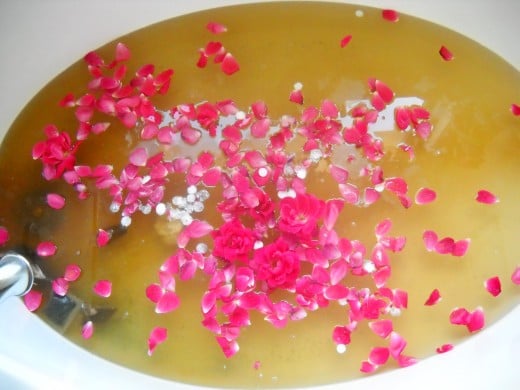
Bathing tips
How to take a skin healthy hygienic cleansing bath, isn't all that difficult.
The skin is actually the largest organ of the body. It takes more abuse from the elements and from our own maltreatment. Yet, cleaning your skin daily is beneficial to your health and also contributes to one's state of mental well being.
These are opportunities to unwind, relax and allow your mind to shut down from worries thus promoting optimal health.
Since hot water opens the pores, it is suggested that the use of hot water is minimized because of the impurities of public tap water.
There are a number of studies and lifestyle suggestions that have linked hot baths or showers to toxic build up in the body contributing to harmful diseases.
Suggestions
- Use warm to cool water
- get the soap under folds and moving parts
- limit showers or baths that are hot to 3 to 5 minutes
- limit wrinkle inducing baths to a few times a week or month
- don't over scrub, limit it to a few times a week or every other day
- moisturize right out of water
- pat skin dry
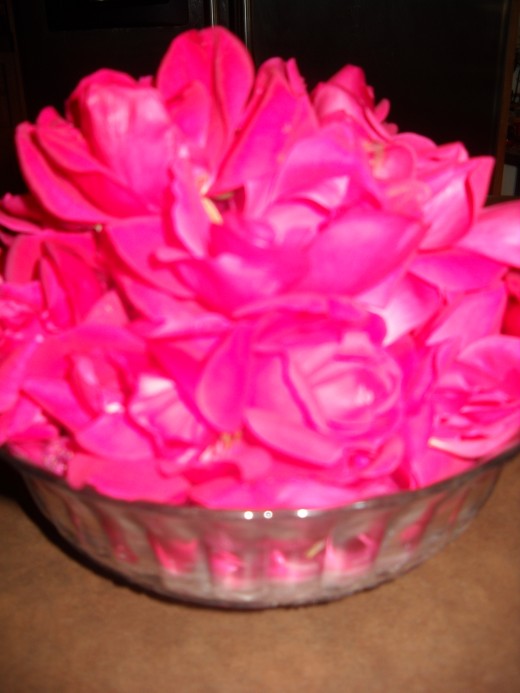
Personal chemistry
Not every fragrance / perfume is a good match for everybody's own body chemistry. Some fragrances can become obnoxious when used by certain individuals.
Testing compatibility
The best way to test your body's chemistry with a scent you like is to add a small amount on your skin at the wrist and walk away. Periodically sniffing at the place you put the fragrance to check if you still enjoy the scent as it absorbs into your flesh.
If you still enjoy the scent after about 10 to 20 minutes, go ahead and purchase it, if you no longer like it, leave it at the counter!.
Points of contact
Where to place fragrances on the body for the best lasting smell.
- wrist
- throat
- behind ears
- behind knees
Seasonal use
When to use certain types of fragrances help with keeping them potent but not overwhelming.
- Spring
- Summer
- Fall
- Winter
Some fragrances are specifically blended for each season. That doesn't mean that you can't use your favorite all year round.
Advisory warning
Never mix fragrances, unless they are a complement of one another or have been suggested by the designer themselves for layering on fragrances for greater potency and for long term lasting effects.
Suggestion
A clean body is best when using fragrances. Bathing or washing with a non scented sensitive soap or body wash will also allow you to capture the best possible scent of the fragrance you choose to enjoy!
Layering
Types
| During
| After
|
|---|---|---|
Oils
| yes
| |
Perfume
| yes
| |
Colognes
| yes
| |
Body sprays
| yes
| |
soaps
| yes
|
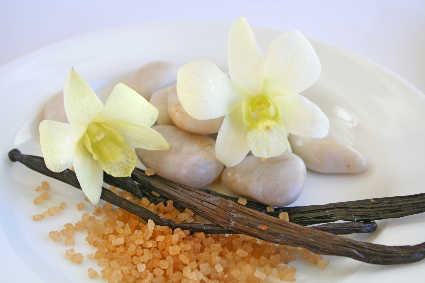
Distillation
With the influence of distillation perfume making took off and was eventually affordable for the not so rich and powerful. It is the common technique in which aromatic compounds are extracted.
There are 3 types of distillation.
- Dry
- Steam
- Fractionation
They are all used to extract what would be considered the essence of oils from the raw plant material, example essence of lavender or orange blossom.
Eastern invention
Scents were used in Arabic nations as a regular part of life. Using oils to bath in are even mentioned in the Old Testament of the Bible about queen Esther.
Per fumus according to Wikipedia is a Latin word meaning through smoke.
Although we have tracked the origins to ancient Egypt, it's further development and refinements are attributed to the Romans, Persians and the Arabs.
In East Asia, India much of perfumery was incense based.
Distillation made all the difference.
Bathing Techniques
Bathing varies around the world. Each culture has a routine or ritual when it comes to bathing.
- Sponge bath
- cowboy
- immersion
- standing
- sitting
- private
- public
Using sponges, wash cloths, brushes, loofahs and other utensils help with bathing and getting clean but make sure they are always clean, having dried out so you don't have to worry about the same bacteria growing.
And being returned to your skin.
Which way do you prefer to add scents to your hygiene regiment?
Western Historical influence
Perfumes and scents were first introduced in France during the Renaissance to cover the odor of unwashed bodies. Typically men and women splashed their preferred scent on a handkerchief.
This was then used to cover the nose or nostrils to mask any unpleasant odors that were encountered.
Out of the patronage of the wealthy and royalty, the business of making perfumes thrived and grew in the south of France.
Interesting note, bathing was actually frowned upon in the Western world, at least full bathing for a variety of reasons. It was not something that was encouraged more than a few times a year.

